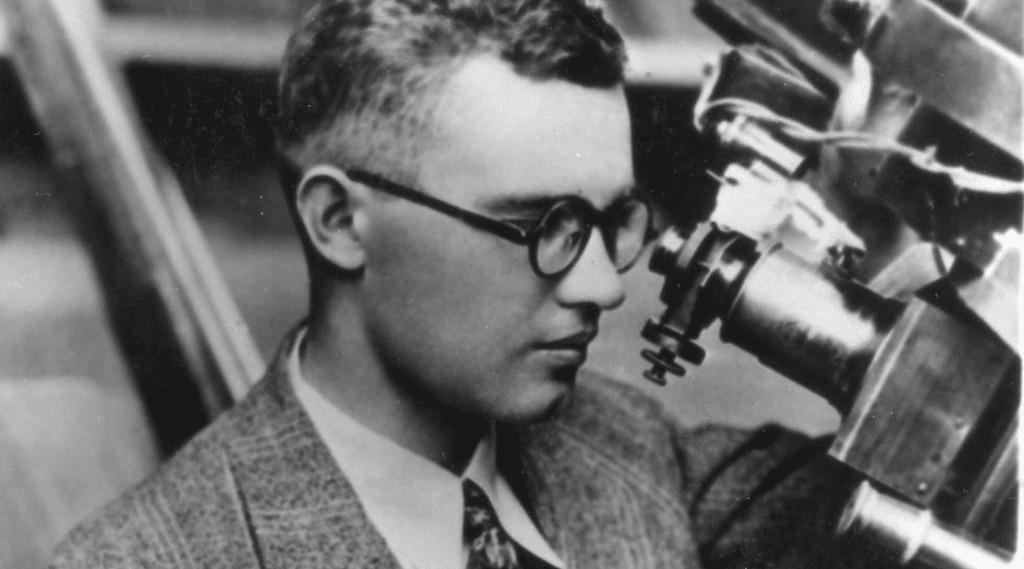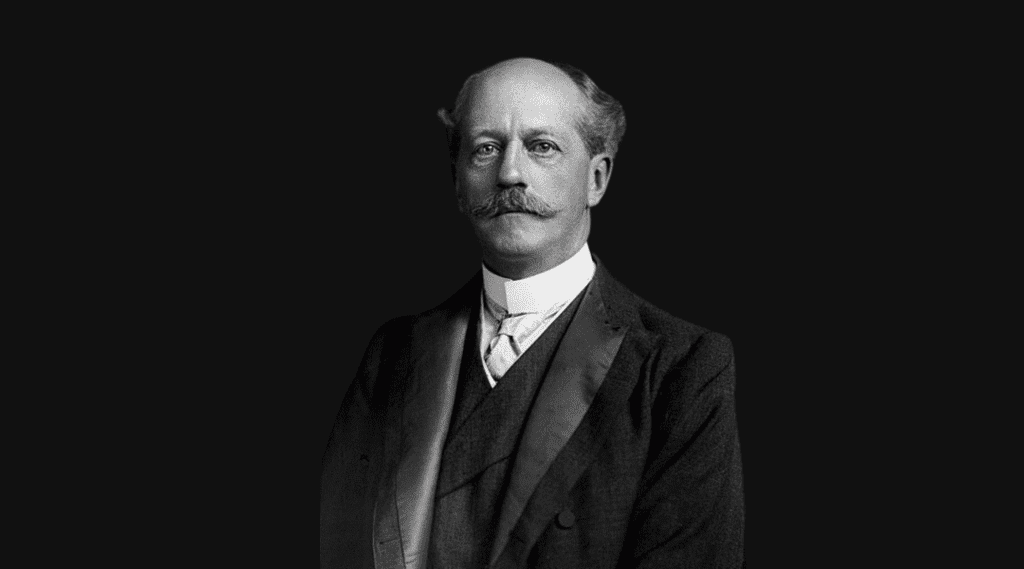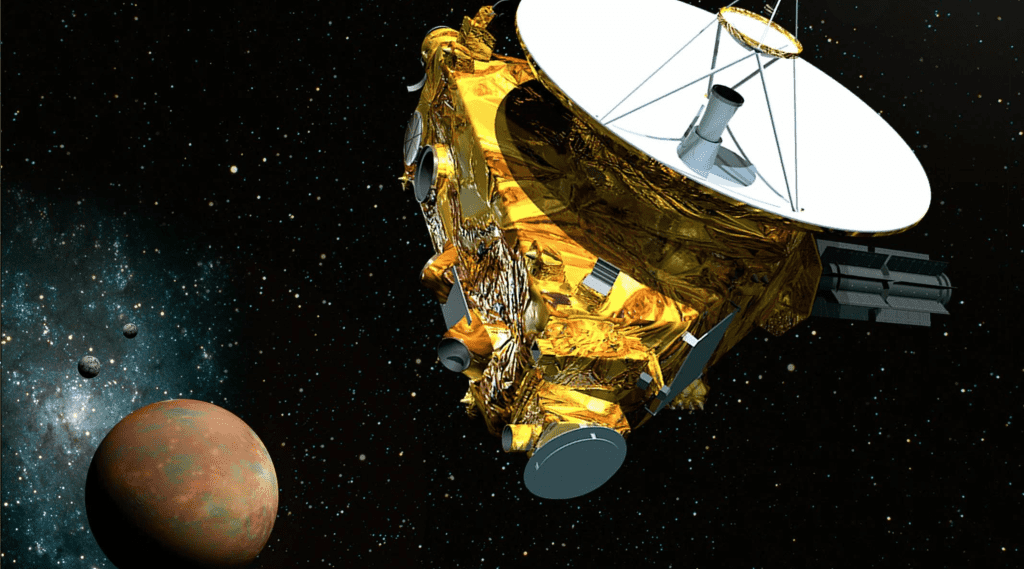Clyde Tombaugh had no idea when he built his first telescope at the age of 20 that he was embarking on a path that would eventually lead to the discovery of Pluto, the first known dwarf planet. Let’s take a look at this incredible man’s life.

An enthusiastic amateur astronomer
The first telescope Clyde ever looked through belonged to his uncle. Clyde was dissatisfied with his store-bought telescope by 1925, so he built his own.
He made a 23-centimetre reflector out of a 1910 Buick crankshaft and parts from a cream separator in 1928. Clyde made detailed observations of Jupiter and Mars with this telescope, which he sent to Lowell Observatory in the hopes of receiving feedback from professional astronomers.
Instead of receiving constructive criticism, Tombaugh was offered a position at the observatory. The staff had been looking for an amateur astronomer to operate their new photographic telescope in search of the mysterious Planet X.
Not long after its discovery in 1781, the new planet Uranus was found to have strange movements that could only be attributed to another body. The discovery of Neptune in 1846 helped to explain the orbit, but there were still inconsistencies that led scientists to believe another planet existed.

Percival Lowell, a businessman, built Lowell Observatory in 1894 to study Mars. He turned the telescope toward the search for Planet X in 1905, but he died before the new planet could be discovered.
Tombaugh joined the search for the missing planet when he was hired in 1929. The telescope at the observatory was equipped with a camera that would take two sky photographs on different days. A device known as a blink compactor rapidly flipped back and forth between the two photographs. Stars and galaxies remained essentially motionless in the images. Still, anything closer could be seen moving across the sky—each pair of photographs contained over 150,000 stars and, in some cases, nearly a million. Tombaugh spent about a week studying each pair of photographs.
On February 18, 1930, Tombaugh noticed movement across the field of a pair of images taken a month beforehand. On March 13, the staff of Lowell Observatory officially announced the discovery of a ninth planet after studying the object to confirm it.
The discovery came with the right to name the new body, so the staff made a global call for names. The name Pluto was suggested by Venetia Burney, an eleven-year-old English girl because the dark, distant planet resembled the home of the Greek god of the underworld.
Dwarf Planet: Pluto
Pluto has been a planet for over 70 years. However, as astronomical instruments became more precise, other objects of similar size were discovered beyond Neptune’s orbit. Pluto was reclassified as a dwarf planet by the International Astronomical Union in 2006, almost a decade after Tombaugh’s death.

Some of Tombaugh’s ashes are carried on the New Horizons mission as it travels to Pluto and beyond.
Although famous for discovering the most controversial body in the solar system, Tombaugh also found a comet, hundreds of asteroids, and several galactic star clusters throughout his career.




